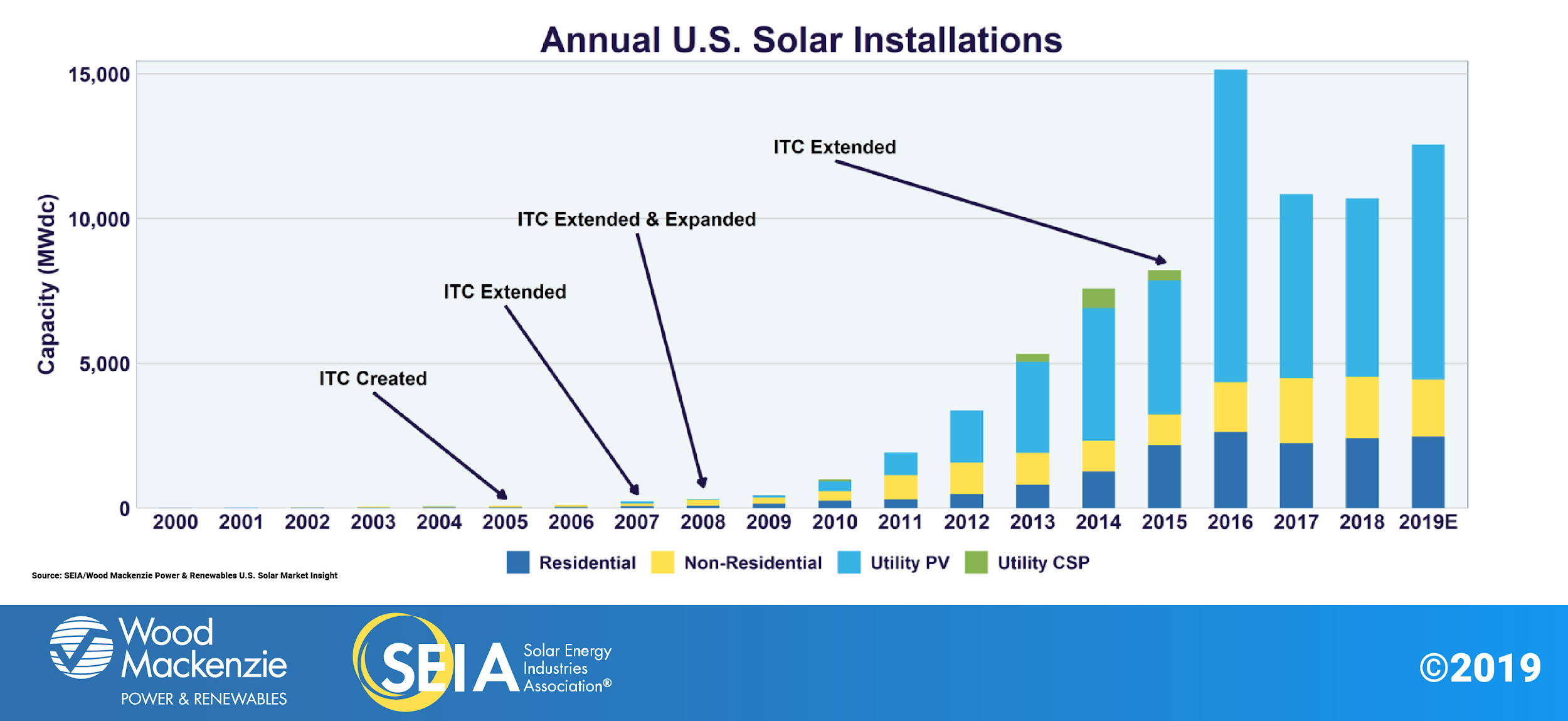Dangerous Materials In Solar Panels

Do solar panels contain toxic chemicals.
Dangerous materials in solar panels. The solar pv industry has the potential to provide enormous environmental benefits according to the silicon valley toxics report but the toxic materials contained in solar panels will. Just one of scores of health impacts can be increased cancer risk. These are highly specialized substances u sed to manufacture solar cells. The most commonly utilized solar technologies use inert materials found at every building site including silicon glass aluminum frame and copper wiring.
However if you re installing thin film technology there are additional toxic materials contained in the thin film panels itself such as cadmium telluride and copper indium selenide. When night falls and the sun vanishes solar panels cannot provide electricity unless you have batteries or other storage devices that store the energy that the solar panels produce when the sun is. The large majority of panels used in installations are safe silicon based panels. Solar panels generate 300 times more toxic waste per unit of energy than nuclear power plants.
Approximately 90 of most pv modules are made up of glass. In 2013 400 000 homes had solar panels thanks mostly to the cost of solar panels dropping over 60 since 2010. The most hazardous material in silicon photovoltaics by comparison is lead. In 2009 only 30 000 homeowners in the united states had solar panels.
In 2016 that number hit 1 million. Leaching potential test results show that such panels have a leaching potential of approximately 4 grams of lead per kilowatt installed compared to approximately 23 grams of cadmium per kilowatt installed for cdte panels. Cadmium telluride cdte and copper indium gallium deselenide cigs are not available at retail establishments. Worse rainwater can wash many of these toxics out of the fragments of solar modules over time.
Emf stands for manmade electromagnetic field s such as produce unnatural electric magnetic or rf microwave radiation in the environment. In addition they are finite and the use of rare earth minerals is controversial even if the goals are not. Solar panels often contain lead cadmium and other toxic chemicals that cannot be removed without breaking apart the entire panel.














































